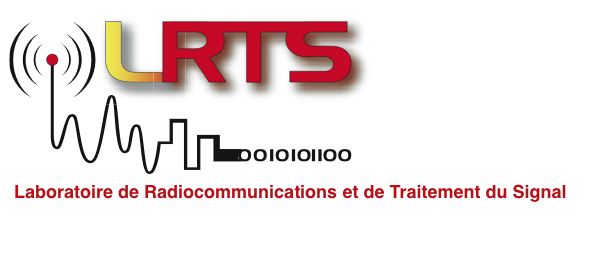
| Français | Anglais |
|
Accueil Membres Recherches Documentation Séminaires au LRTS Photos Publications Liens Événements Gestion |
|
Dempster-Shafer evidence theory through the years: limitations, practical examples, variants under conflict and a new adaptive combination rule Evidence theory was largely used in the last years to model imperfect information and it is a powerful tool for the reasoning under uncertainty. It appeared as an alternative to probability theory and is now considered as a generalization of it. In this paper we first introduce an object identification problem and we present two approaches to solve this problem: a probabilistic approach and the Dempster- Shafer approach. We also present the limitations of Dempster’s rule of combination when conflictual pieces of information are combined and we present alternatives rules proposed in the literature to overcome this problem. We propose a class of adaptive combination rules obtained by mixing the basic conjunctive and disjunctive combination rules. The symmetric adaptive combination rule is finally considered and we compare it to the other existing rules. Mihai Cristian Florea, Anne-Laure Jouselme et Dominic Grenier mai 2005, NATO ASI 2005 - Multisensor Data and Information Processing for Rapid and Robust Situation and Threat Assessment, Albena, Bulgaria, Anglais, Bibtex: @article{, author = {Mihai Cristian Florea and Anne-Laure Jouselme and Dominic Grenier}, title = {Dempster-Shafer evidence theory through the years: limitations, practical examples, variants under conflict and a new adaptive combination rule }, journal = {NATO ASI 2005 - Multisensor Data and Information Processing for Rapid and Robust Situation and Threat Assessment}, year = {2005}, month = {May}, language = {Anglais}, } Dernière modification le lundi 27 février 2006 à 11h00 par Mihai Cristian Florea |